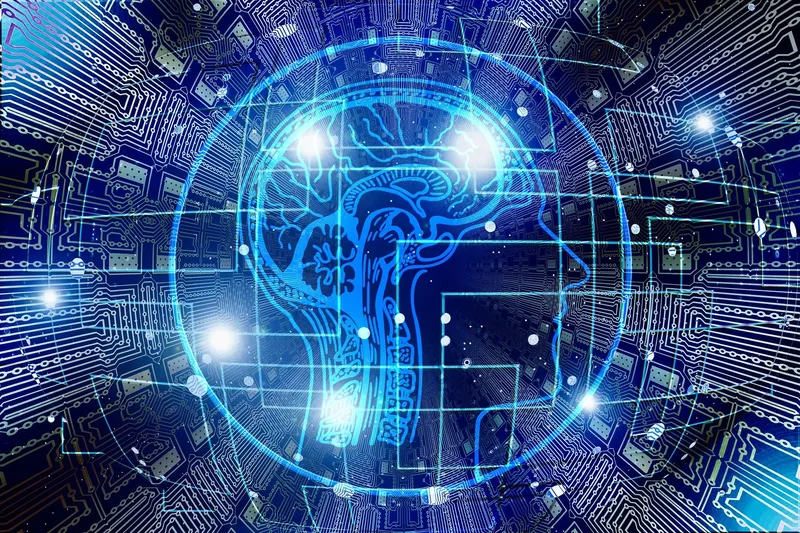Social Media Vs Fake News: How AI can lend a helping hand
AI has been the origin of most fake news that we see. But can the same technology combat false information posted on social media platforms? Here's everything you need to know.
During the Covid-19 pandemic, there were many fake messages circulated on family WhatsApp groups and other social media platforms about home remedies and medications that claimed to cure the coronavirus. Also, just before the 2016 US presidential elections, people were influenced to be in favour of a particular political party, thanks to social media.
These are just a few instances when the world saw the potential of how fake information can impact people. Unfortunately, even with rapid acceleration in technology, we are unable to figure out hoax information. This is because the same technology is being used to create and share fake news.
So, can AI can be used to bust fake news? Here's all you need to know.
The root of all "fake news"
Before understanding how technology can be used to fight against misinformation, it is important to notice that AI is employed to create it in the first place.
The technology that mimics human-like capabilities is now known for twisting facts.
Although AI has been the root of most misinformation aka "Fake News", it is also a useful tool to combat this problem. This may seem like an absurd idea, but artificial intelligence can be leveraged to identify if news or data is incorrect and flag them.
4 Ways AI can help to stop fake news

Finding out misinformation
Generally, fake news occurs a lot on social media platforms such as Facebook, Instagram, Twitter, etc. Since these are popular and actively used online portals, the news that gets shared here needs to be accurate. To ensure this, Facebook started using AI to fight misinformation about coronavirus.
They started to label fake news by collaborating with 60 fact-checking organisations and leveraged AI to flag such false posts or articles. In fact, the social media giant was successful to flag around 50 million content pieces on Covid-19.
This shows that if the power of AI is used correctly, it can identify fabricated stories.
Fact-checking
To separate real facts from the fake ones, there needs to be a filter. Thanks to artificial intelligence neural networks, false data or information can be detected. Also, Natural language processing (NLP)-a machine learning technology, is being used to understand human language
Check the reputation of the source
Machine learning models can be used to analyse a website and its reputation. For instance, news coming from reputed media houses will be more authentic rather than a lesser-known source. This way, certain pieces of news on social media can be labelled as unreliable.
Identify keywords
There are certain words that are often highlighted with fake news in hope to make it viral. In this case, AI can pick these terms or headlines with the help of analytics and flag stories as provocative or sensationalised.
Setbacks of AI
Unfortunately, AI can only solve the fake news issue to some extent. Its limitation arises from its training. Since artificial intelligence models require data of the actual fact to compare information and label them as correct or incorrect, things get messy.
This is because we first need to analyse the truth part first before feeding it to the AI. Perhaps better systems can be introduced so that there is an awareness of understanding and evaluating news before sharing them.



![[Startup Bharat] Meet the 3 friends who turned entrepreneurs with a baby apparel company](https://images.yourstory.com/cs/2/b87effd06a6611e9ad333f8a4777438f/beelittle-1644327786164.png?mode=crop&crop=faces&ar=16%3A9&format=auto&w=1920&q=75)



